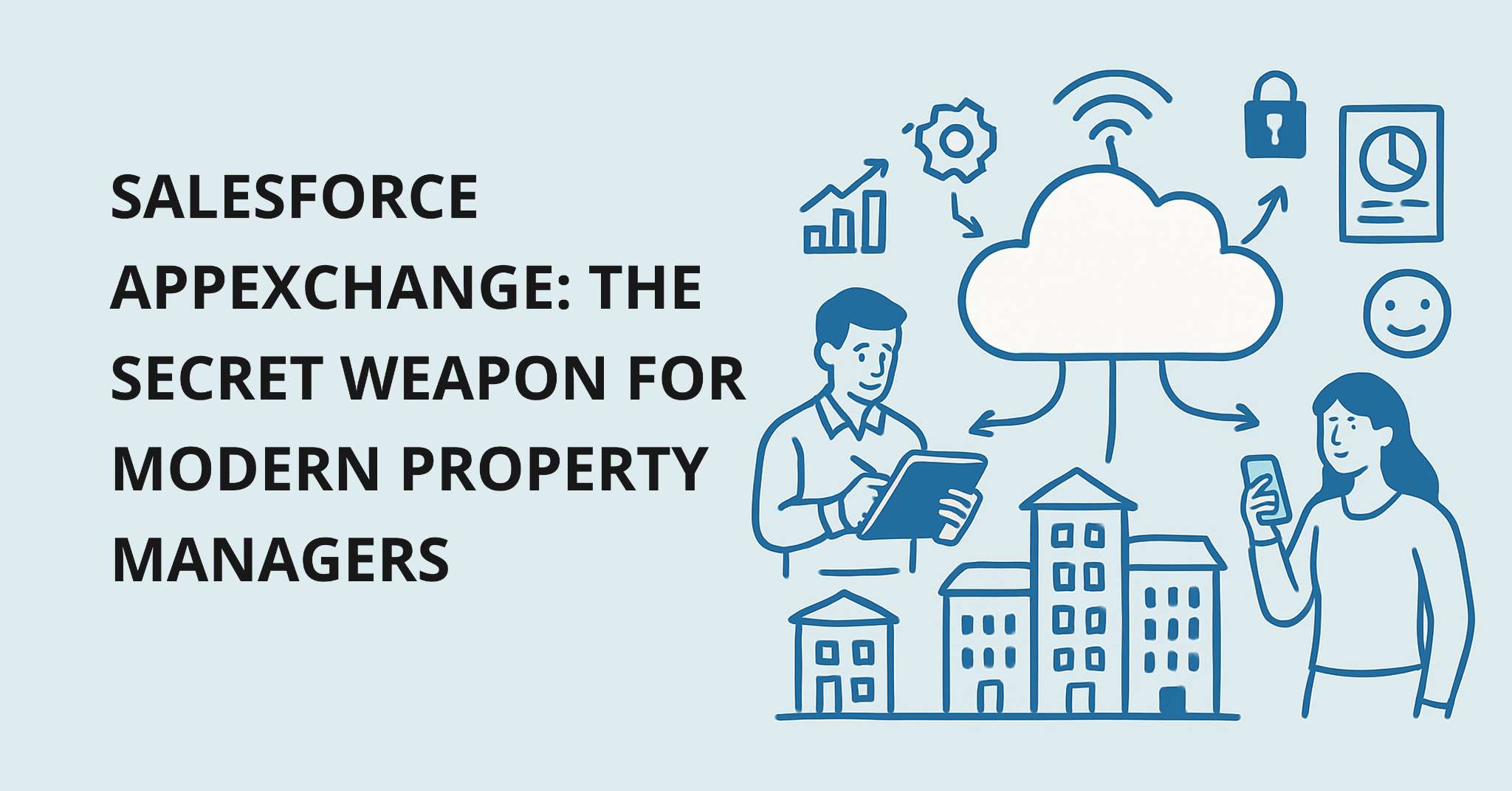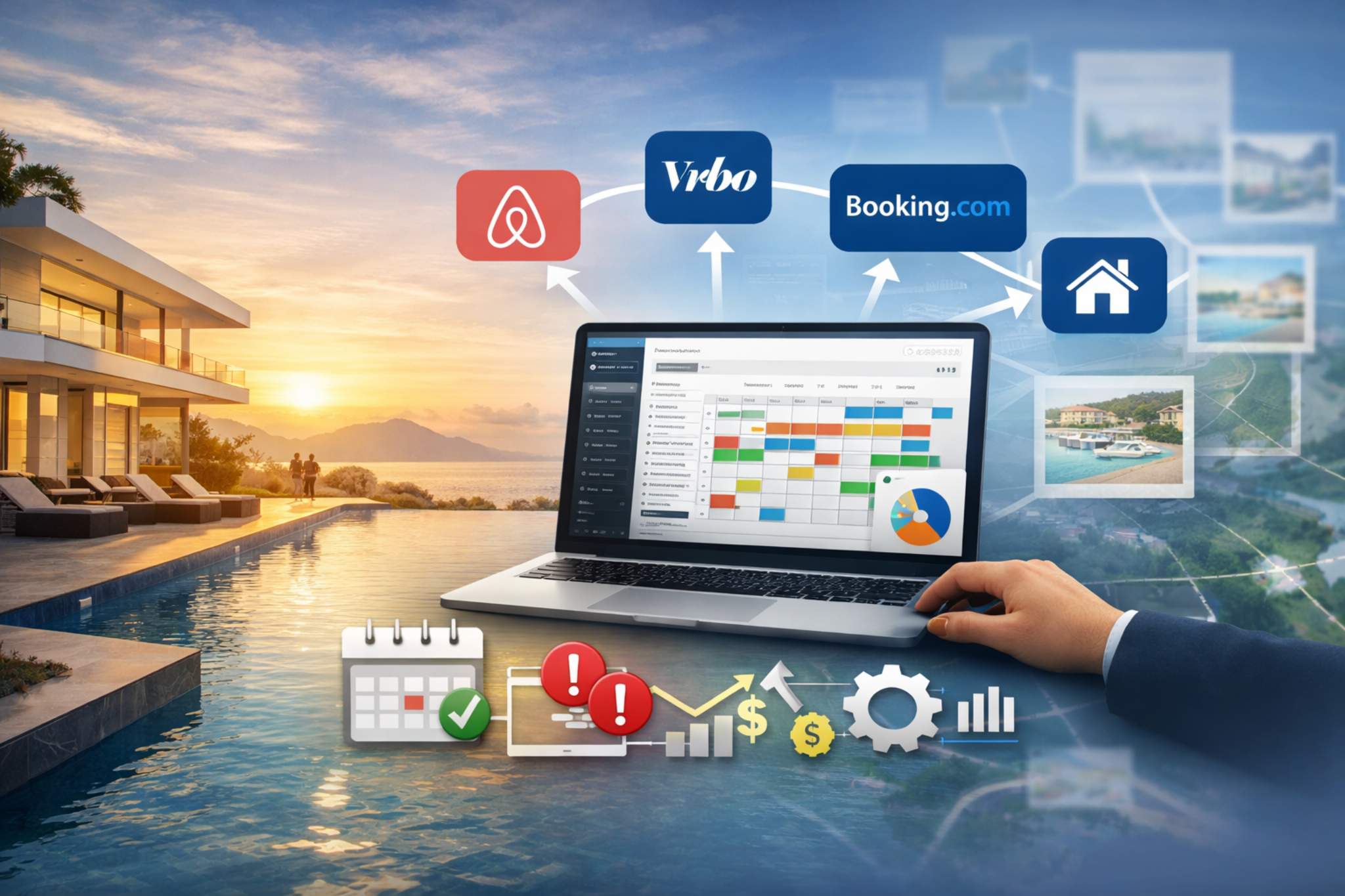Key Takeaways:
- A financial report summarizes a property's income, expenses, cash flow, and profitability over a specific period.
- Who Needs It? Property owners, managers, investors, lenders, and accountants use these reports for decision-making and financial transparency.
- Importance: Helps with risk assessment, tax compliance, attracting investors, and operational efficiency.
- Key Components: Income, expenses, Net Operating Income (NOI), cash flow, vacancy rates, and reserve funds.
- Types of Reports:P&L statements, balance sheets, ledgers, and owner statements.
- Technology:Property Management Systems (PMS) like Booking Ninjas automate and streamline financial reporting.
How to Create a Comprehensive Property Management Financial Report
A well-prepared financial report is essential for understanding the financial health of a property. It provides property managers, owners, and investors with a clear overview of income, expenses, and overall profitability.
Without accurate financial reports, managing a property efficiently becomes difficult, increasing the risk of financial mismanagement.
This guide will walk you through the steps of creating a detailed property management financial report, covering its components, importance, and best practices.
What is a Property Management Financial Report?
A property management financial report is a structured document that summarizes the financial activities of a property over a specific period. It records key financial data such as income, expenses, cash flow, and profitability, helping stakeholders understand the overall financial standing of the property.
These reports allow property owners and managers to analyze rental revenue, outstanding payments, operational costs, and financial stability. They are also essential for forecasting future expenses, setting rental prices, and managing maintenance budgets.
A well-prepared report is crucial for financial transparency. Without accurate reports, property owners may struggle to assess performance, make investment decisions, or ensure regulatory compliance.
Who Needs These Reports?
A property management financial report is vital for multiple stakeholders:
1. Property Owners
- Helps track rental income, expenses, and overall profitability.
- Provides insights into property appreciation and return on investment (ROI).
- Ensures accurate documentation for tax purposes.
2. Property Managers
- Monitors operating expenses, revenue trends, and financial stability.
- Assists in budgeting, financial planning, and resource allocation.
- Tracks maintenance expenses and vacancy rates to improve performance.
3. Investors
- Evaluates financial performance before investing in a property.
- Determines the profitability and stability of rental properties.
- Helps in making data-driven investment decisions.
4. Lenders & Financial Institutions
- Uses reports to assess loan eligibility and repayment capacity.
- Determines the financial risk associated with a property.
5. Accountants & Tax Authorities
- Ensures accurate financial records for tax filings and compliance.
- Helps track tax deductions, depreciation, and financial obligations.
These reports offer a clear picture of a property's financial status, allowing stakeholders to make well-informed decisions.
Why are Financial Reports Important?
A property management financial report is essential for tracking and maintaining financial health. Here are some key reasons why financial reports matter:
1. Informed Decision-Making
Financial reports help property owners and managers analyze revenue trends, optimize expenses, and plan for future investments.
2. Risk Assessment
Identifying potential risks, such as unpaid rents, maintenance costs, and declining occupancy rates, allows property managers to mitigate financial losses.
3. Financial Transparency
Detailed financial reports provide full transparency in property management, ensuring trust between property managers, owners, and investors.
4. Tax Reporting & Compliance
Accurate financial records ensure smooth tax reporting and compliance, helping property owners avoid penalties and legal issues.
5. Attracting Investors
Potential investors rely on financial reports to assess a property's profitability and decide whether it is a viable investment opportunity.
6. Operational Efficiency
Tracking financial metrics allows property managers to streamline operations and optimize budget allocation, ensuring long-term sustainability.
Financial reports serve as a blueprint for success, guiding property managers toward efficient and profitable operations.
Key Components of a Property Management Financial Report
A comprehensive financial report consists of several essential components, each offering insights into different aspects of a property's financial health.
1. Income
- Rental Income – The primary revenue source from tenants.
- Late Fees & Other Charges – Additional revenue from penalties for late rent payments.
- Parking Fees – Extra income from rented parking spaces.
- Laundry & Vending Machine Revenue – Auxiliary income sources that contribute to overall profitability.
2. Expenses
- Operating Expenses – Costs related to daily property management.
- Maintenance Costs – Repairs, renovations, and emergency fixes.
- Property Taxes & Insurance – Recurring costs necessary for compliance.
- Utilities – Expenses related to water, electricity, and waste management.
3. Net Operating Income (NOI)
- Formula: Total Income – Operating Expenses = NOI
- NOI measures the property's financial health and profitability.
4. Cash Flow
- The actual cash available after covering all expenses.
- Helps property owners assess financial stability and liquidity.
5. Vacancy & Occupancy Rates
- Vacancy Rate Formula: (Vacant Units / Total Units) × 100
- High vacancy rates indicate revenue loss and financial instability.
6. Reserve Funds
- Money set aside for unexpected expenses or emergencies.
- Ensures financial preparedness for major repairs or crises.
A detailed financial report including these components provides a complete overview of the property's financial position.

Current Trends in Property Management Financial Reporting
Property management financial reporting is evolving with the adoption of modern technology. Key trends include:
1. Increased Use of Technology
Cloud-based financial software enables real-time data tracking and improves efficiency.
2. Focus on Transparency
Property managers are prioritizing detailed, transparent financial reporting to build trust with stakeholders.
3. AI & Automation
Artificial intelligence is being used for predictive financial analysis, fraud detection, and automated data entry.
4. Digital Payment Integration
Online payment systems provide real-time transaction tracking and automated recordkeeping.
Property managers should stay updated with these trends to improve financial management and decision-making.
Types of Property Management Financial Reports
There are several types of financial reports used in property management:
1. Profit and Loss Statement (P&L)
- Summarizes income and expenses over a specific period.
- Helps assess profitability and financial trends.
2. Balance Sheet
- Displays assets, liabilities, and equity.
- Provides an overall view of the property's financial standing.
3. Account Ledger
- A chronological record of financial transactions.
- Helps track all revenue and expenses.
4. Owner Statement
- A detailed financial summary prepared for property owners.
- Covers income, expenses, and net profit/loss.
Creating the Report
To create an accurate and effective financial report, follow these steps:
1. Collect Accurate Data
Ensure all income and expense records are properly recorded and categorized.
2. Use Accounting Software
Invest in property management software to automate calculations and minimize human error.
3. Set Up Proper Accounts
Categorize transactions into rental income, expenses, and maintenance costs for better clarity.
4. Customize Reports
Tailor financial reports based on stakeholder needs and business goals.
PMS & Financial Reporting
A Property Management System (PMS) plays a crucial role in financial reporting by automating data entry and tracking transactions in real time.
Benefits of using PMS for financial reporting:
- Eliminates manual errors with automated accounting features.
- Ensures compliance with tax regulations.
- Provides real-time financial insights for decision-making.
 This will display the image from the provided URL. As before, you can modify the alt te
This will display the image from the provided URL. As before, you can modify the alt te
Booking Ninjas: A Smart Financial Reporting Solution
Booking Ninjas is a cloud-based Property Management System that offers integrated financial reporting features. With Booking Ninjas, property managers can:
- Automate financial reports for accuracy and efficiency.
- Access real-time financial data from anywhere.
- Generate customized reports for different stakeholders.
- Ensure tax compliance with detailed financial tracking.
Final Thoughts
A comprehensive property management financial report is essential for monitoring income, controlling expenses, and ensuring financial transparency. By leveraging modern technology like Booking Ninjas, property managers can automate financial reporting, minimize errors, and improve operational efficiency.
Implementing a structured financial reporting system leads to better financial health and long-term success in property management.
To streamline your financial reporting, schedule a call and try Booking Ninjas today and experience a hassle-free way to manage your property finances!






_-_A_Complete_Guide.png)











%2Bfor%2BHotel%2BChains-web.jpg)
